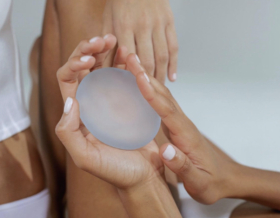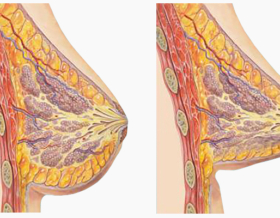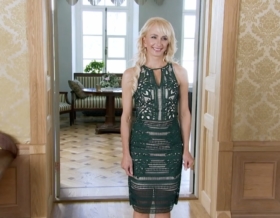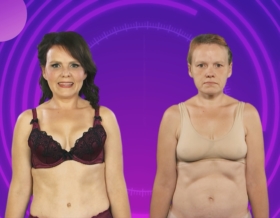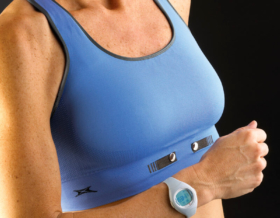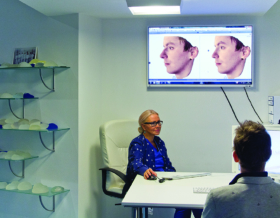inverted nipple correction
Inverted nipples are mainly caused by the shortening of milk ducts and changes in the fibrous connective tissue around the milk ducts. Insufficient soft tissue under the nipple can be another factor. Inverted nipples are mainly a cosmetic problem that may only cause difficulties during breastfeeding.
The chosen technique for the surgery is based on the grade of nipple inversion.
1) Inverted nipple Grade I
The Grade I inverted nipple has minimal fibrosis and does not have a deficiency of soft tissue. The nipple can be pulled out and it stays up on its own for a while.
In this phase a simple surgical procedure is sufficient. A purse-string suture is put around the neck of the nipple to prevent the nipple from retracting. The milk ducts are left intact.
2) Inverted nipple Grade II
The Grade II inverted nipple has moderate degree fibrosis and shortened milk ducts. It is possible to retract the nipple, but it tends to fall back.
In this case the fibrosis is released surgically, but milk ducts are preserved.
3) Inverted nipple Grade III
The Grade III inverted nipple has a high degree of fibrosis and milk ducts are short. There is also a deficiency of soft tissue. In this phase it is mostly not possible to retract the nipple.
During the surgery fibrosis is released, milk ducts are cut and soft tissue from a local donor area is added under the nipple. As a result of the surgery the nipple is everted, but the ability to breastfeed is lost. The nipple might also lose some of its sensitivity.

